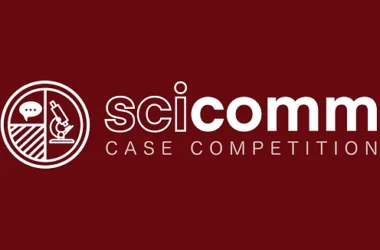When most people think about computers, only a couple of images come to mind: A laptop or a desktop with internet-browsing capabilities.
However, a computer is much more than a tool for browsing Facebook feeds or doing school work. A computer is an information processor. It takes in raw information which is stored, later to be synthesized into a final result. This definition encompasses anything from a phone, to a digital camera.
First, an information processor takes in data in the form of an input. Inputs are any form of information given to a computer program. For example, the key strokes from your keyboard are keyboard inputs.
Next, the computer then stores this information in the form of memory until it is ready for use. There are two main types of storage that computers typically use: Solid state disk (SSD) storage and hard disk drives (HDD).
“A solid state drive is a larger, more sophisticated version of your traditional thumb drive,” Data Security, Inc.’s website states.
According to Data Security Inc., a SSD stores information on flash memory chips and thus is fixed while a HDD records data in the form of binary (0s and 1s) on magnetic disks. A HDD utilizes a mechanical arm and a spinning disk to read and write information to memory. Although both HDDs and SSDs both retain data when there is no power, most modern computers use SSDs due to their processing speed.
Once a computer is ready to work on some data, it will prompt the Memory Management Unit (MMU) to swap a copy of the information out of secondary storage (SSD or HDD) and into main memory, or Random Access Memory (RAM), where the processor can access the data more readily when needed.
After data is moved into main memory for processing, a microchip called the Central Processing Unit (CPU) will start performing rapid calculations on the information causing it to heat up. Finally, once the CPU is done processing the information, it will send the altered data out in the form of output.
Chris Woodford, a science author, explained how fundamental the process is to computer function.
“Everything a computer does, from helping you […] edit a photograph you've taken with a digital camera, to displaying a web page, involves manipulating numbers in one way or another,” Woodford wrote on his website.
A computer performs these calculations through an algorithm, or a series of instructions on how to solve a problem. Solving with an algorithm is like a recipe for baking a cake. In this way, a computer program is a series of instructions your computer follows automatically when prompted. This freedom seen in computer programs is what distinguishes software from hardware. Hardware is hard coded and difficult to change while software is malleable and promotes creativity.
The operating system (OS), or the ‘brain’ of your computer, manages all of the above functions, and controls the basic functionality of input, output, processing, and storage. Even the operating system has its own ‘brain’ called the kernel, which both handles low-level tasks such as memory management and interfaces between the OS and the hardware. Applications on your computer depend on the OS to carry out their chores and computations. For example, both playing an online game of solitaire and typing an essay on microsoft word rely on the OS to execute their functions.
Years of effort, research, and experimentation resulted in laptops as we know and love today, and users would benefit from understanding how these machines function.








